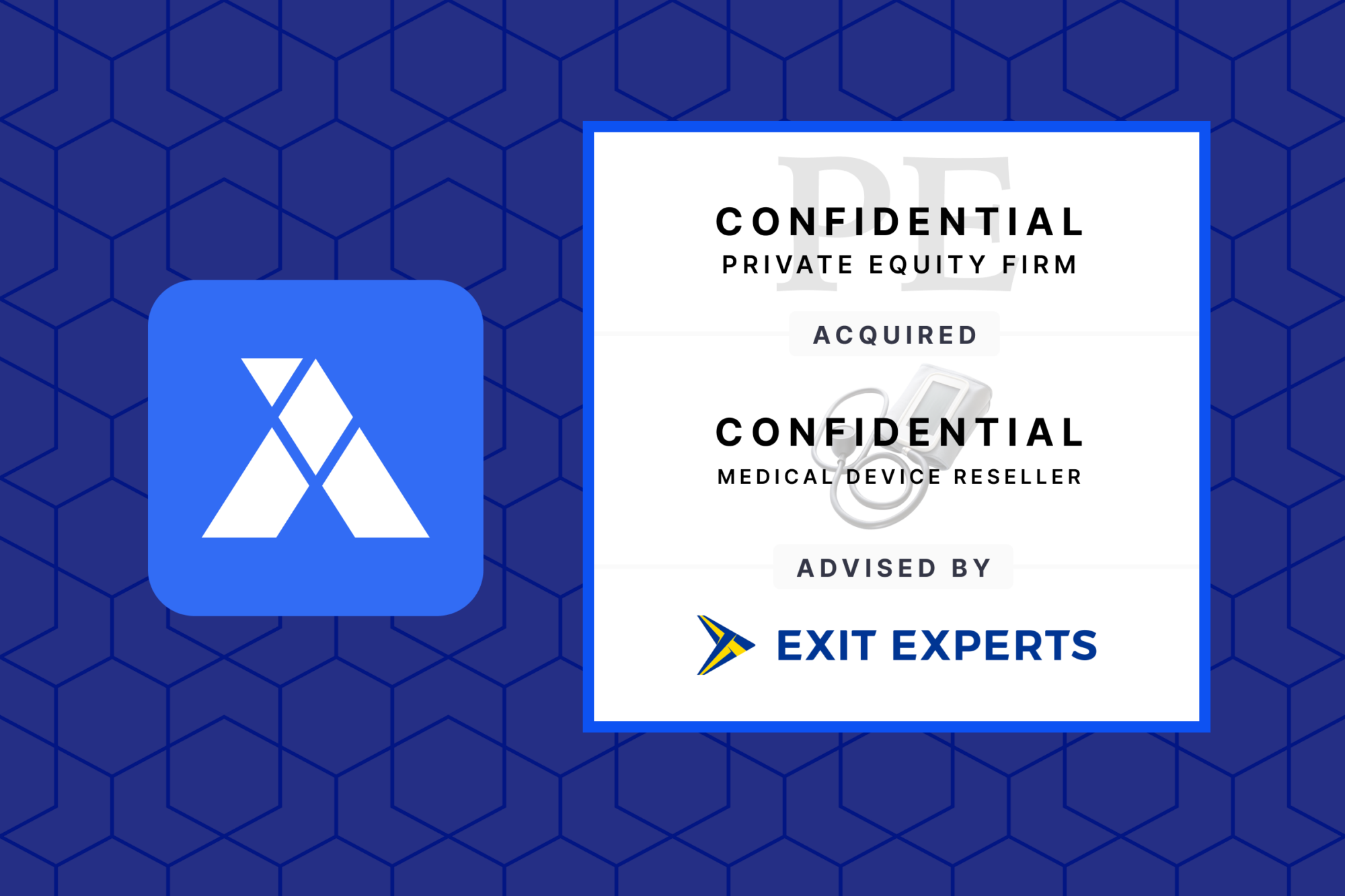
Case Study: Exit Experts Advises $4.3M Medical Equipment Reseller in its Sale to PE Firm
“We are proud that we were able to structure an offer that allowed the owner to retain substantial equity while…
In August 2018, private equity investor Bruce Eatroff closed a $43.5M acquisition of a business because it was hard to understand. For Bruce’s firm, Halyard Capital, that turned out to be an excellent edge.
Halyard thinks of itself as a deep-sector fund. “We invest in companies at the intersection of technology and services,” Bruce says. Halyard’s sector focus includes human capital management, digital marketing, IT cyber-security, and healthcare services companies.
When Bruce first met banker Chris Ensley and heard about his client, Social Reality (SRAX), a publicly traded adtech company looking to carve out their subsidiary SRAXmd, a marketing and advertising business targeting healthcare practitioners, his interest was piqued.
But after reviewing the material he didn’t quite get SRAXmd’s exact niche. “If I didn’t understand — and I’m somewhat of a specialist in the area — it meant it was probably not a main street business that a lot of people understood,” says Bruce. “Our job as specialists is to find things that are a little bit off center. This was a deal that might be interesting to 5 people, not 50 people.”
That simple insight was crucial. Halyard typically does a few deals a year but in the current competitive landscape, “we’ve done a lot more selling than buying,” says Bruce. “We’d like to do more buying but there’s so much capital chasing deals. That makes it all the more important to get out there, network, and develop a bottoms up thesis.”
Networking is where it all began. Bruce was attending Axial’s Fall 2017 Concord conference, an event that brings together 125+ deal professionals for curated one-on-one meetings. The team at Axial had scheduled Bruce to sit down with Chris, an investment banker with Noble Capital Markets. Bruce had met with a number of bankers during the day, and at first, he wasn’t sure if Noble, a generalist firm with a focus on public-cap companies, would be a good fit. “We’re always surprised when a deal percolates from somebody who is not a deep sector expert,” said Bruce.
But Chris had a feeling the SRAXmd deal would be right up Halyard’s alley. “It was a good reminder that when you’re a mid-sized firm, it’s always important to really touch as many intermediaries and executives and companies in the marketplace because you never really know where your next transaction’s coming from,” says Bruce. “For billion-dollar transactions, there are a very small number of firms who are qualified to advise those companies. But for a transaction in the $40 or $50 million, there are hundreds if not thousands.”
After being intrigued by his meeting with Chris, Bruce met with the company. “That’s when things changed for me,” he says. “I could tell that there were elements of the business that weren’t being well articulated, that the parent company itself probably didn’t properly position. They were growing nicely and profitable and they could really use our resources and our expertise.”
“We like carve-outs in general,” says Bruce. “There’s often an opportunity to create value that hasn’t been realized in the current ownership structure. In this case, SRAXmd hadn’t been the parent’s primary focus. The company was doing great, but the profits generated were being used to fund other businesses as opposed to being reinvested back into it.”
There was a bit of competition for the deal, “but it wasn’t a feeding frenzy,” says Bruce. “Part of that was because there was some work to do. Because it was a carveout, there was no finance function, we would need to build out some of the technology capabilities, and more.” Arriving at the price was the next step. “The price to us is always a derivative,” says Bruce. “‘What’s the price we could pay and still make money on it?’”
Ultimately, Social Reality received $43.5 million in value, less transaction expenses, with an earnout of up to $9 million if gross profit targets are reached at the end of 2018. “They were happy they were able to monetize the subsidiary and raise capital and we were happy to focus just on growing the SRAXmd business,” says Bruce.
